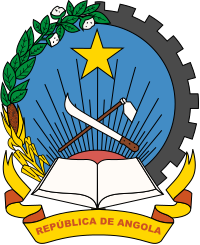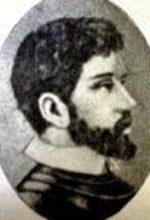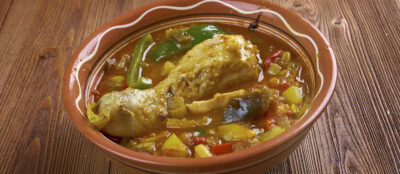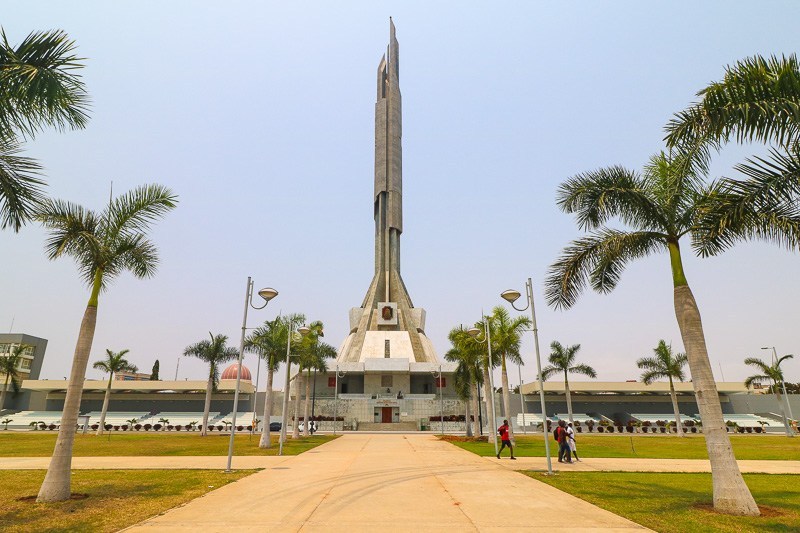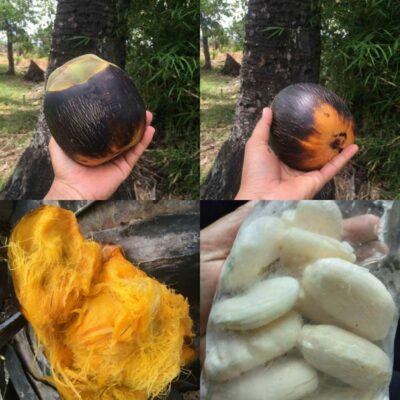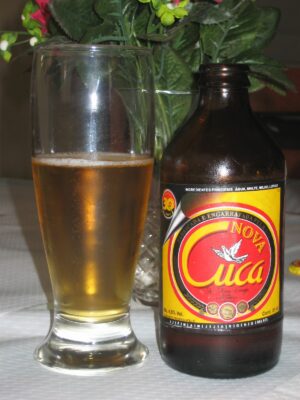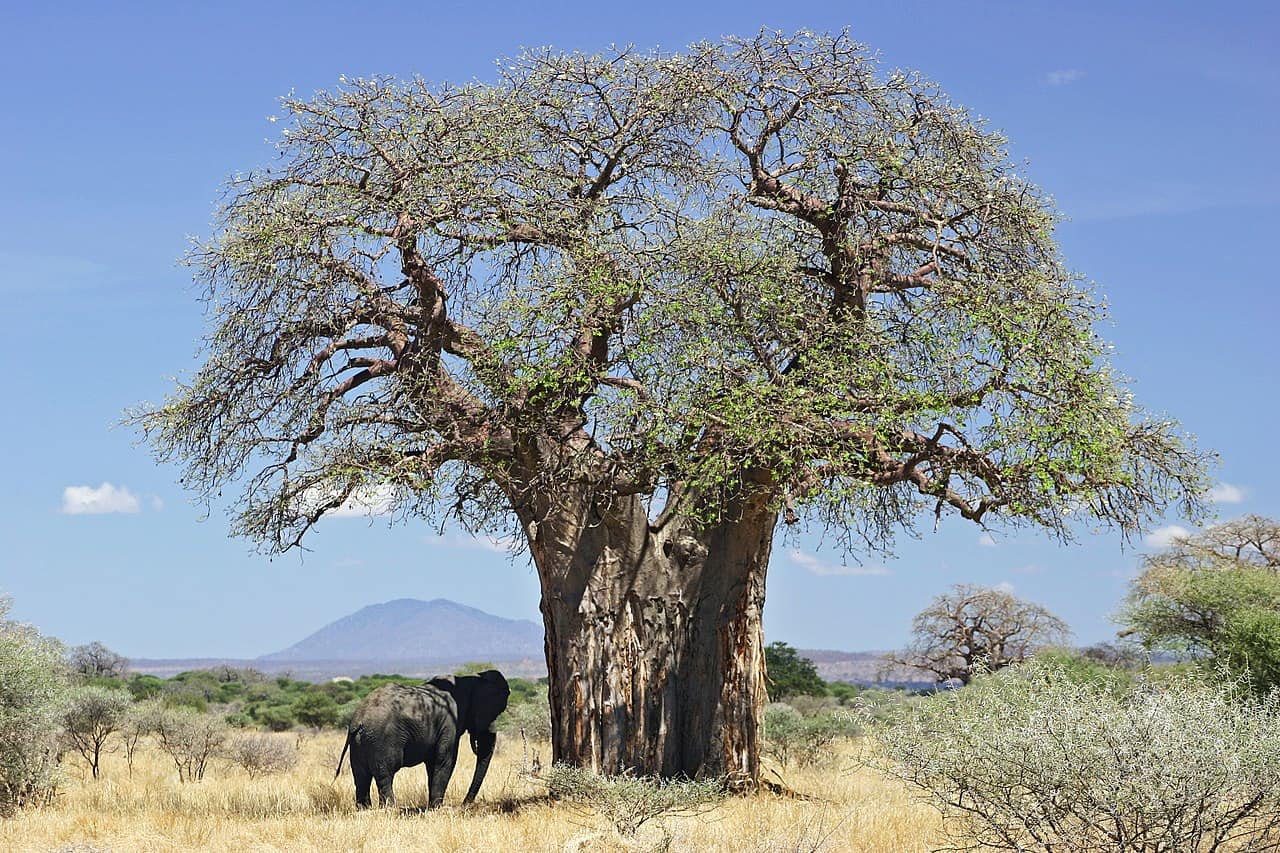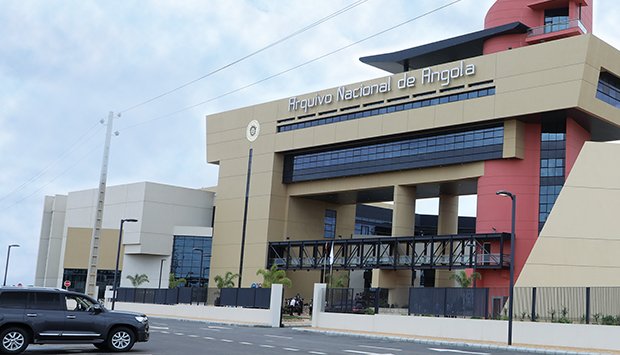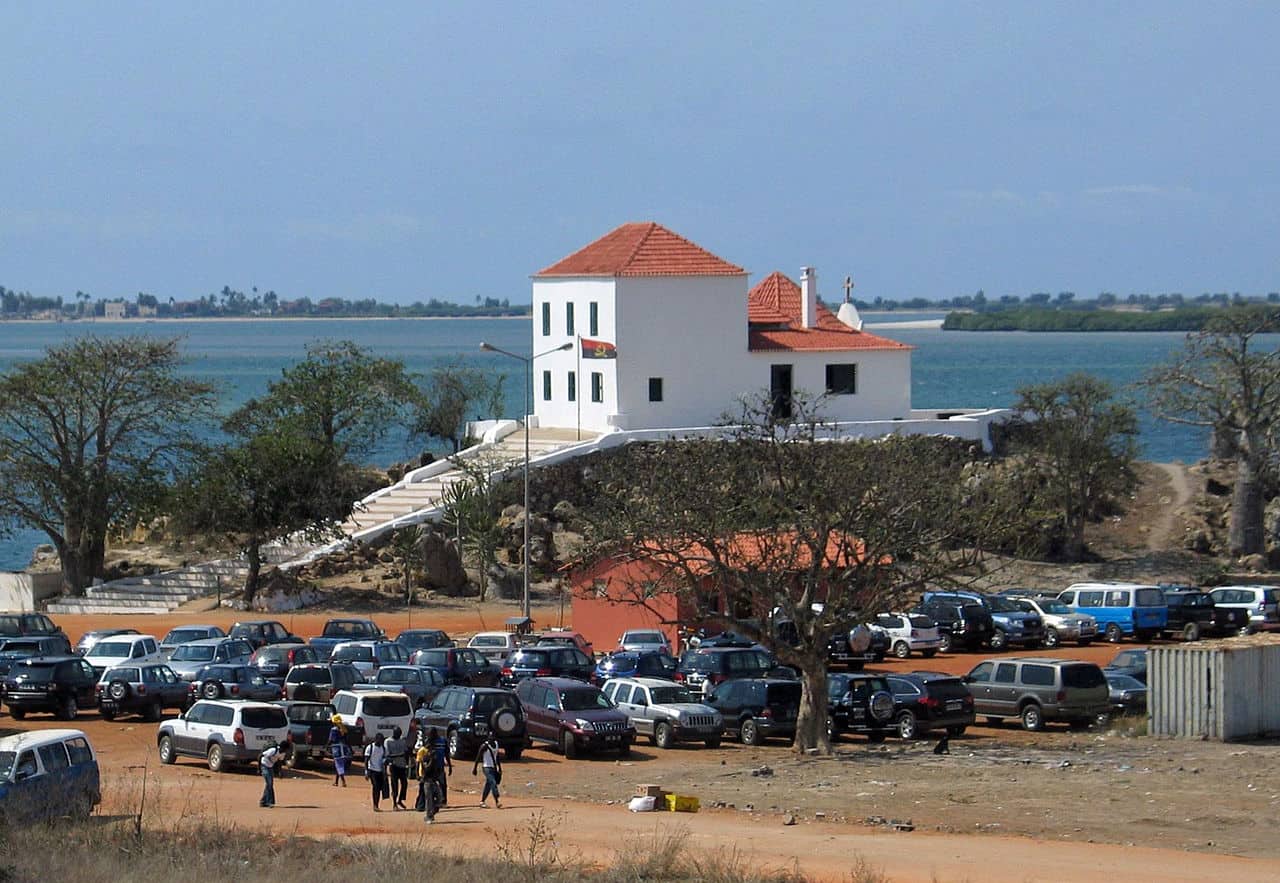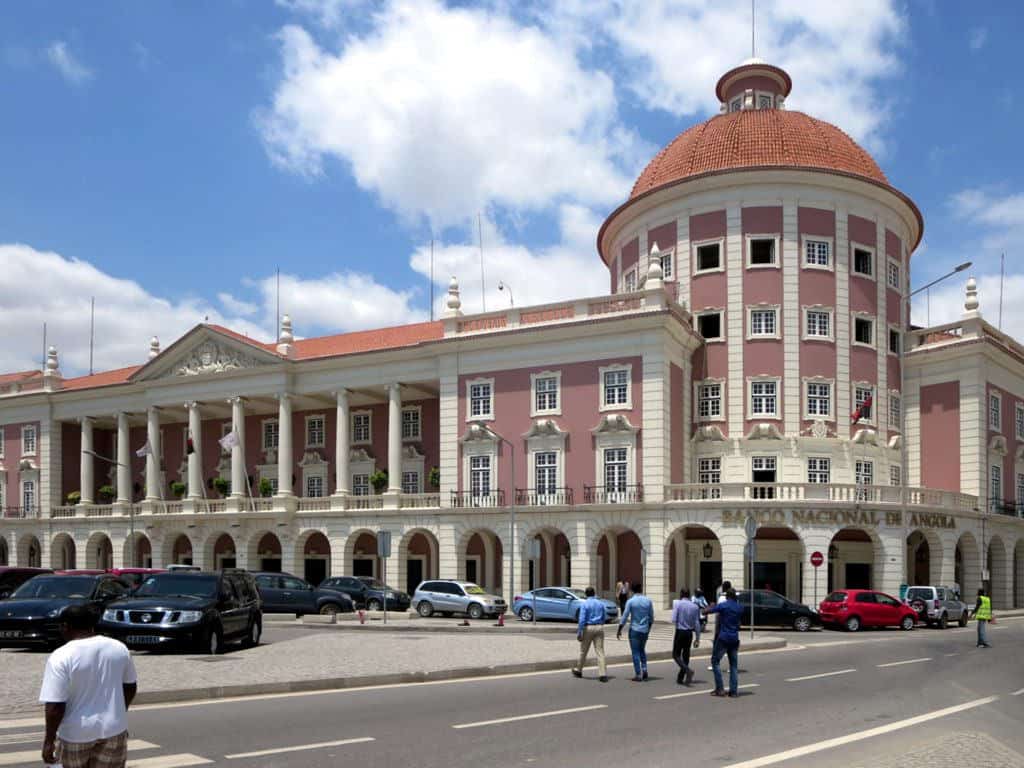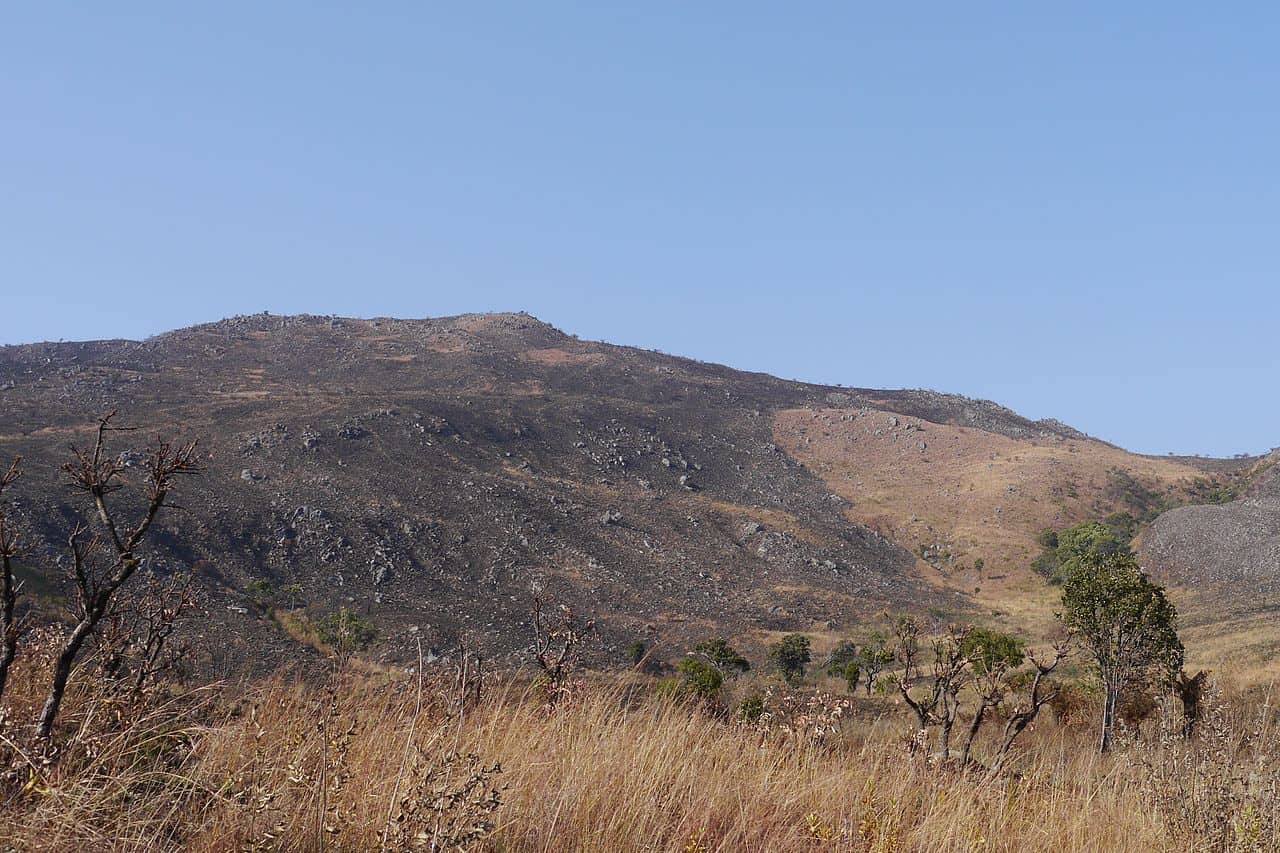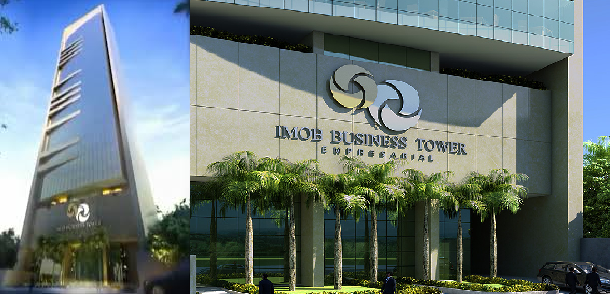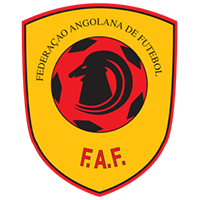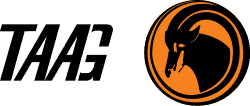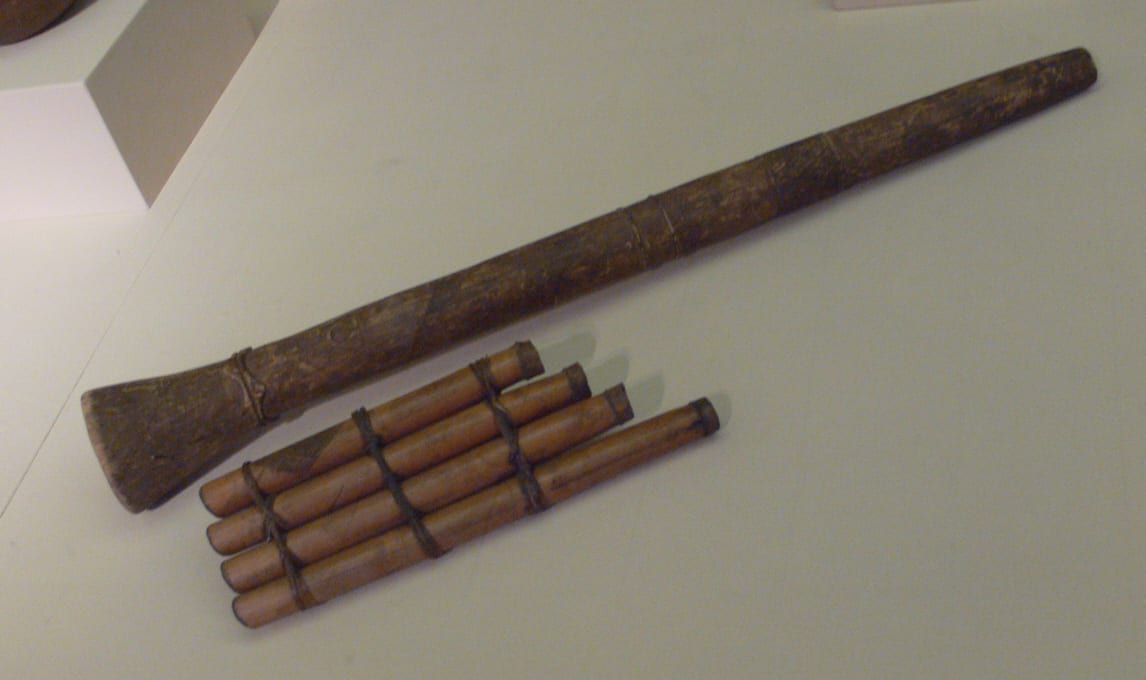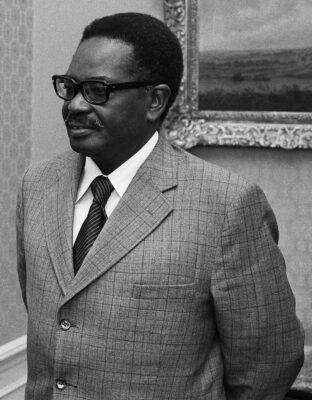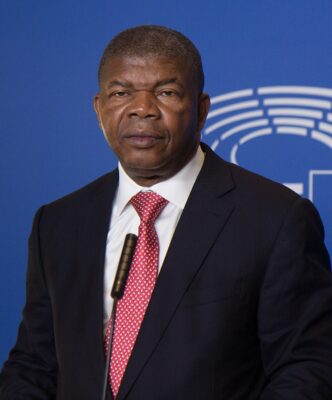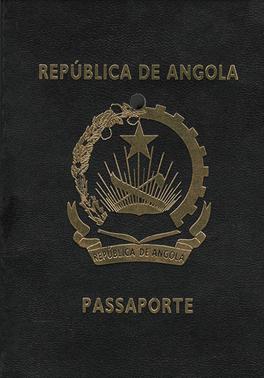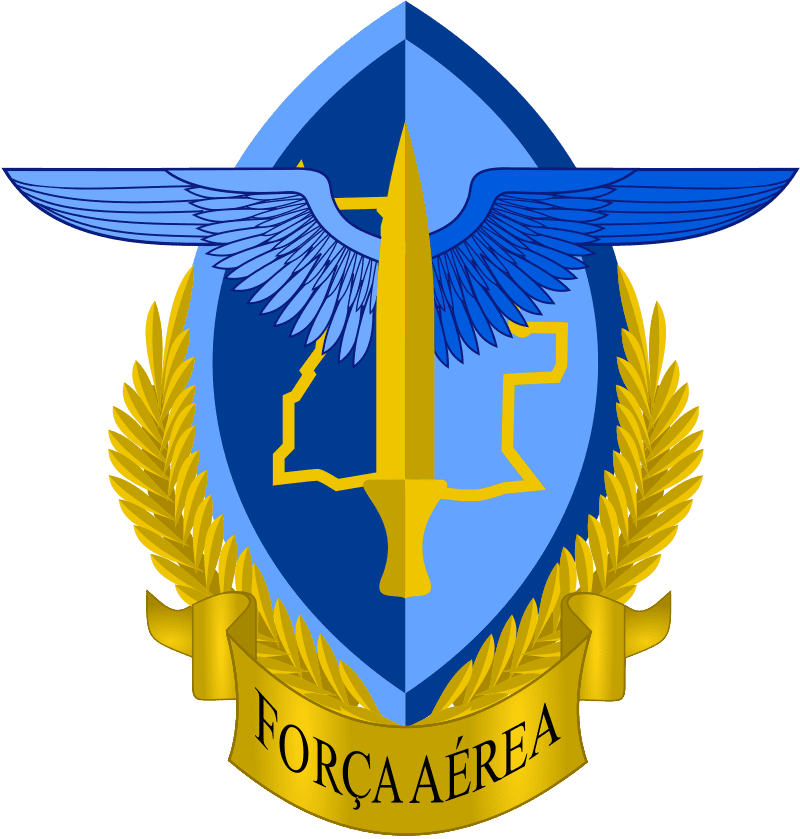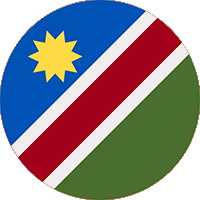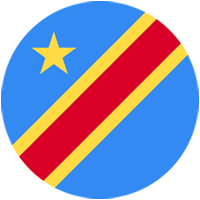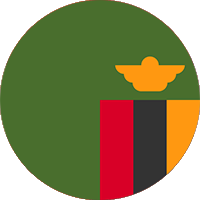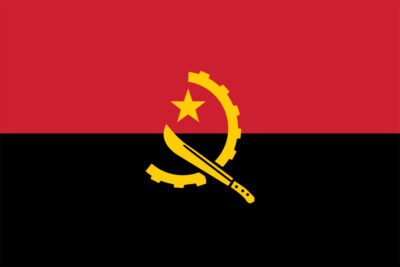National Symbols of Angola
Last updated on August 18th, 2023 by Editorial Staff
Table Of Contents
By | Updated on August 18, 2023
Reviewed by Rittika
Angola is a country in Africa. The official name of Angola is the Republic of Angola. It shares borders with 3 countries: Namibia, Democratic Republic of the Congo, and Zambia. The people of Angola are called Angolans. The country is situated in Southern Africa, bordering the South Atlantic Ocean, between Namibia and the Democratic Republic of the Congo.
Etymology discusses where a term is considered to have originated from and how its meaning has changed over time. Etymology has been a factor in the naming of countries all across the world, and Angola has also been influenced. The etymology of Angola can be defined as; “Land of Ndongo”.
An ethnicity is a group or sub-group of people who are connected based on common characteristics which may include religion, origin, language, traditions, or culture. The ethnic groups in Angola include Ovimbundu, Ambundu, Bakongo, & Mestiço.
TAAG Angola Airlines is the national airline of Angola. The national colors of the country are red and black. The emoji flag of the country is ????????, and the ISO code is AO.
Angola is known for its large reserves of oil and diamonds. The national dish of Angola is Muamba de galinha. Cuca Beer, in addition to being a traditional beverage, is one of the country’s national drinks. The national instruments of Angola are Angolan trumpet and pan flute.
The country has the time zone UTC+1 (WAT) followed by dd/mm/yyyy as the standard date format.
Angola is divided into 18 provinces and 163 municipalities. The capital of the country is Luanda, which is also the largest city in Angola.
The literacy rate in Angola is 66.0%.
The country’s total area is 1,246,700 km² (481,400 sq mi), and the total population is 32,866,272 . The country’s average elevation is 1,112 m (3,648 ft), whereas the country’s terrain can be defined as; Narrow coastal plain that rises abruptly to a vast interior plateau. The country’s usual climate is semiarid in the south and along the coast to Luanda; the north has a cool, dry season (May to October) and the hot, rainy season (November to April).
The area of land next to a sea is called the coast, and a coastline is defined as the line where land and sea meet. Angola has 1,600 km of coastline.
The Angolan kwanza serves as the national unit of currency, and the National Bank of Angola is recognized as the country’s central bank. The domain for Angola is .ao and the country code is +244. Palanca Negra Gigante is the country’s coat of arms.
Museums are known to educate and connect visitors with the nation’s history, culture, civilization, art, and architecture. The National Museum of Slavery serves the same purpose and is considered one of the most significant tourist attractions. The National Museum of Slavery is home to a large collection of artifacts. It has been designated as the national museum of the country.
The national dress of Angola is the Panos, and 11 Nov 1975 is designated as National Day. In Angola, the majority of the population practices Christianity Roman Catholic, Protestant, and other Christian Traditional faiths as their religion.
Nature is a blessing from God and we must protect it because it provides us with the oxygen and food to survive. It also helps to keep our environment beautiful and clean. To emphasize the significance of nature, Angola has selected a few forces of nature as national symbols. Angola’s national bird is the Red-crested turaco, while its national animal is the Giant Sable Antelope. The national flower is Angola Welwitschia, whereas Palm fruit is the country’s national fruit. The national tree of Angola is the Imbondeiro Tree, and the highest peak is Moro de Môco.
Sports have always played an important role in developing the social and cultural structure of Angola and other countries. When it comes to designating a sport as the official symbol, Football is considered the country’s national sport.
Poetry is a highly valued form of art, and many poets are considered significant national symbols of the country. The national poet of Angola is Agostinho Neto.
Paulo Dias de novais is the founder of Angola. The country’s national anthem was written by Manuel Rui Alves Monteiro, and composed by Rui Mingas.
Mausoleums are buildings dedicated to holding someone’s remains. It serves as a reminder of the nation’s revolutionary fighters who sacrificed their lives for the country. Mausoleums are one of the most significant historical landmarks. The national mausoleum of Angola is the Mausoleum of Agostinho Neto. The country’s national hero is Agostinho Neto.
Due to their unique qualities and rich cultural or historical backgrounds, national monuments around the world are of great importance. The Mausoleum of Agostinho Neto is recognized as the national monument of the country. It attracts visitors from all around the world.
Numerous organizations are working on a global level to improve the current state of affairs and to collaborate in order to establish and maintain constructive partnerships. Angola is a member of the African Union (AU), Organization of the Petroleum Exporting Countries (OPEC), Southern African Development Community (SADC), and United Nations (UN). Angola collaborates with them to organize, analyze, and address various events and situations.
The tourism slogan of the country is “Country of the Future” whereas, “Virtus Unita Fortior – “Strength united is stronger” is the official motto of the country.
João Lourenço is the current President of the country.
Angola has declared Portuguese as the country’s official language.
– Learn about Angola flag color codes and their meanings –
– Further information regarding the symbols and knowledge of Angola can be found in the table of contents –
Country information
Coat of arms
Flag map of Angola
Motto of Angola
Virtus Unita Fortior - "Strength united is stronger"
National animal of Angola
The National animal of Angola is Giant Sable Antelope
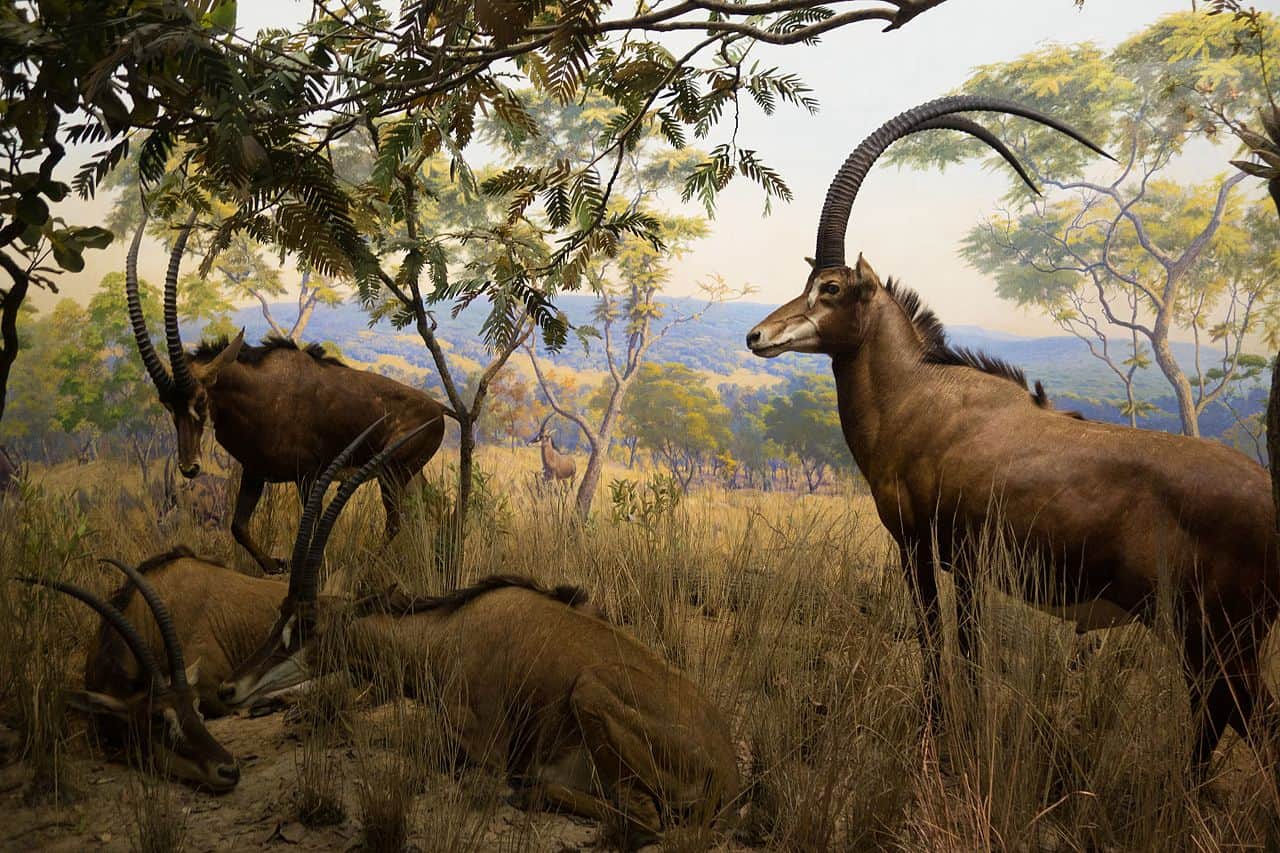
National flower of Angola
The National flower of Angola is Angola Welwitschia. Botanical name is Welwitschia mirabilis.
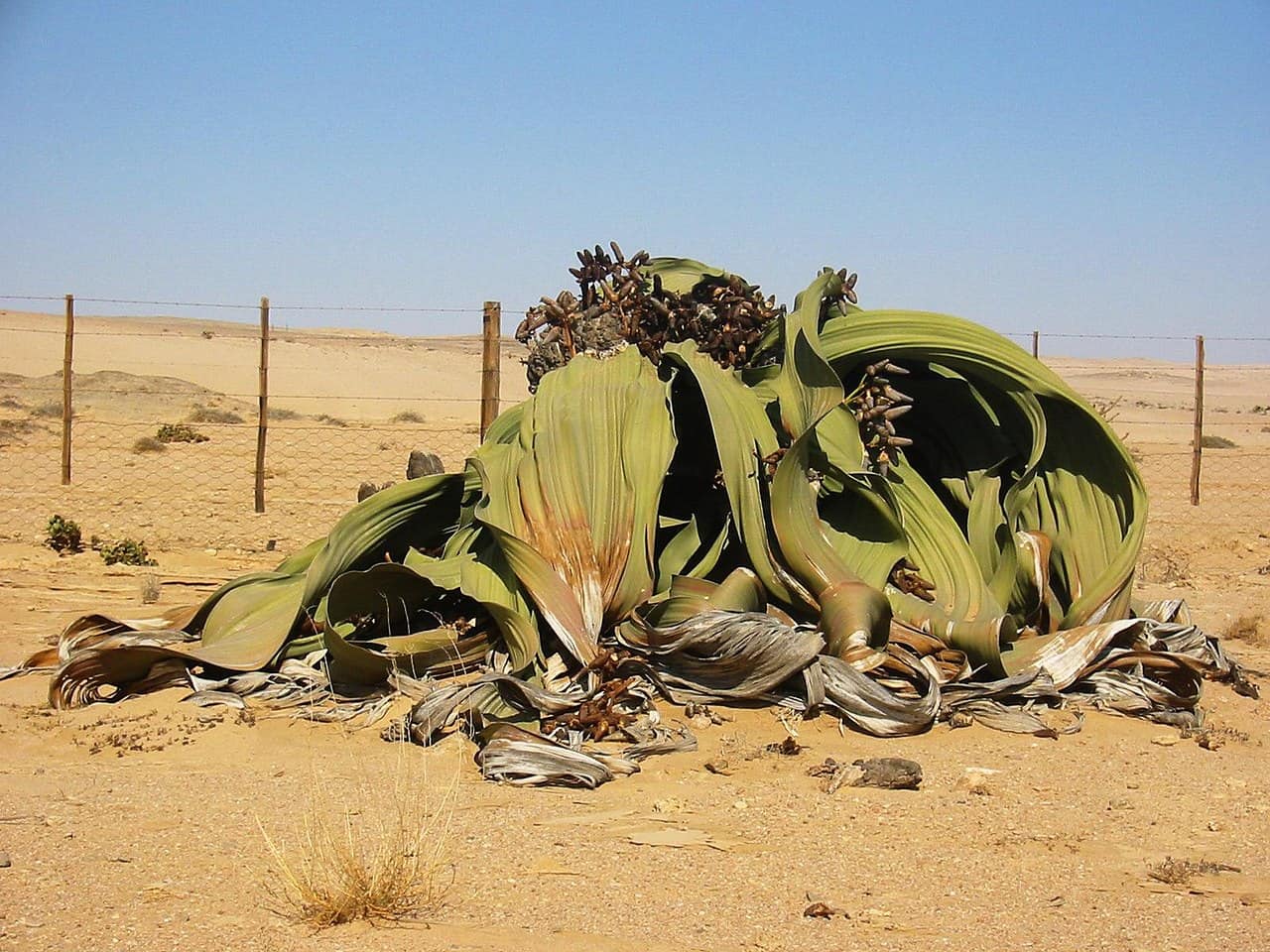
National bird of Angola
The National bird of Angola is Red-crested turaco
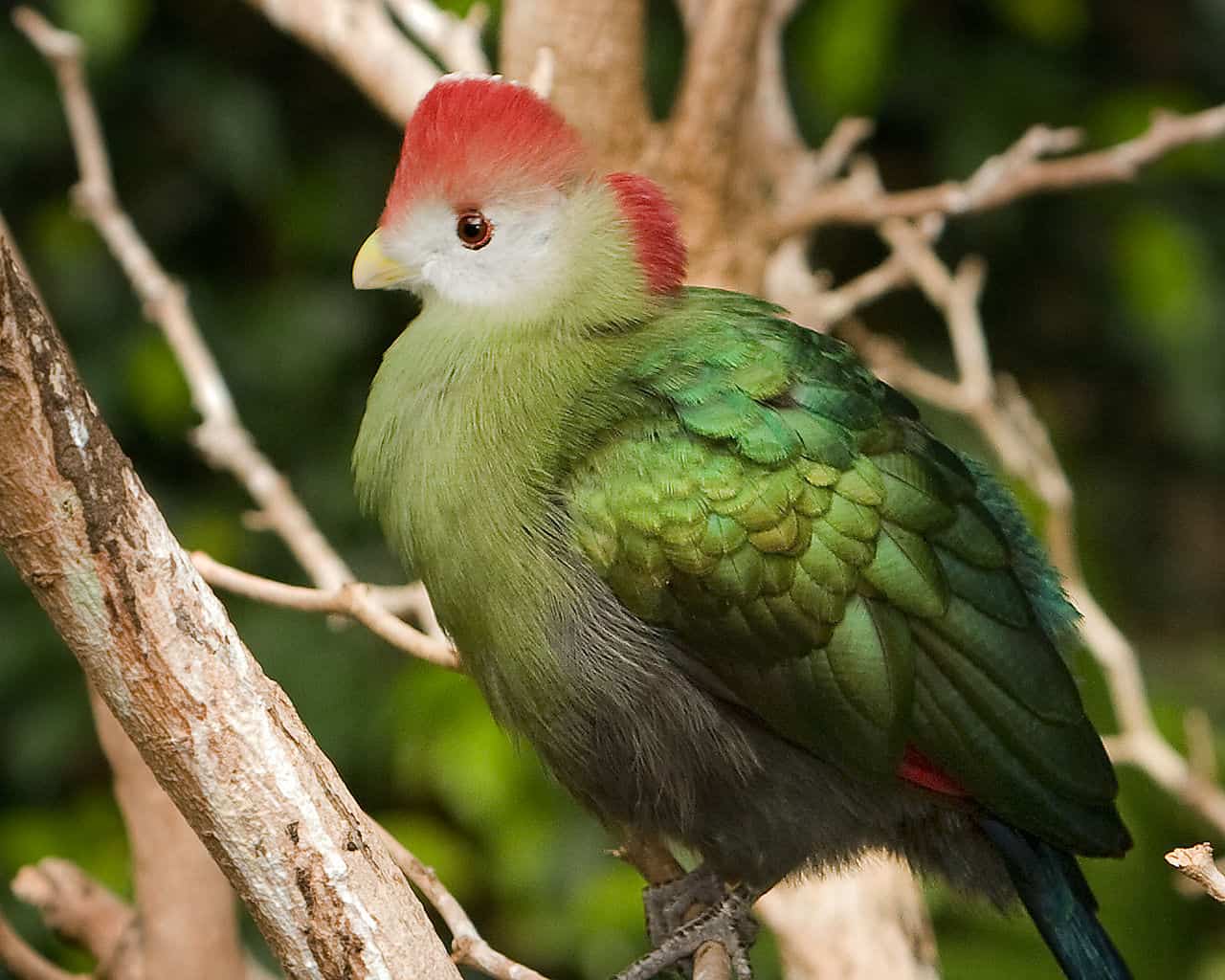
Rest of the National symbols of Angola 👇
-
FounderPaulo Dias de novais
-
National dishMuamba de galinha
-
National danceKizomba
-
National dressPanos
-
National monumentMausoleum of Agostinho Neto
-
National anthemView Anthem
-
National fruitPalm fruit
-
National drinkCuca Beer
-
National colorsred and black
-
National sportsFootball
-
National treeImbondeiro Tree
-
National poetAgostinho Neto
-
National mausoleumMausoleum of Agostinho Neto
-
National archivesArquivo Histórico Nacional
-
National museumNational Museum of Slavery
-
Central BankNational Bank of Angola
-
Highest peakMoro de Môco
-
Tallest buildingIMOB Business Tower
-
National football teamANG
-
Tourism sloganCountry of the Future
-
Emoji flag????????
-
National airlineTAAG Angola Airlines
-
National instrumentAngolan trumpet and pan flute
-
National heroAgostinho Neto
-
PresidentJoão Lourenço
-
Olympics CommitteeComité Olímpico Angolano
-
PassportPassport of Angola
-
Air ForceNational Air Force of Angola
Neighbouring countries of Angola
Angolan Proverbs - Popular quotes, proverbs and sayings.
Body is easily satisfied but not the heart. Early corn is best, so the firstborn is the one to delight in. It is the destiny of the donkey to carry the heavy burden. The mouse does not talk back to the lion. The real journey of discovery begins in old age. Don’t despise the nut, one day it will be a palm tree. There is not enough room for two elephants to sit in the same shade. What the guest would like is what the host is ashamed to offer as not being good enough and the guest is disappointed. Chance all; see what destiny yields. It is the voyage not the ship that matters.
